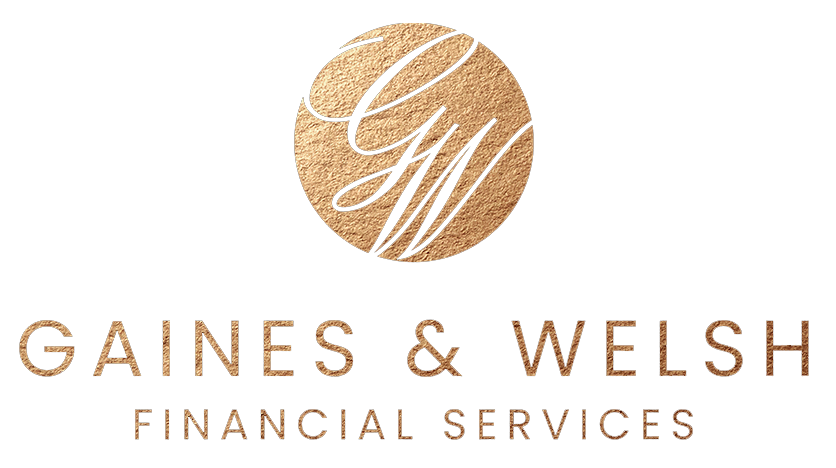Teachers and Other School Professionals Can Deduct Unreimbursed Educator Expenses
For joint filers who are both educators, the deduction limit is $500, as long as both filers have at least $250 in unreimbursed expenses. For example, if you had $350 in unreimbursed educator expenses in 2019, while your spouse had only $160 in qualifying expenses, your maximum joint deduction would be $410 ($250 for you, plus $160 for your spouse).
You are an eligible educator if you:
Are a teacher, counselor, principal or classroom aide at an elementary or secondary school (grades K through 12).
Work at least 900 hours at the school during the school year.
Do not receive reimbursement from your school for the educator expenses you wish to deduct.
Examples of qualifying unreimbursed expenses include:
Books and classroom supplies (folders, notebooks, crayons, paper, etc.)
Sports and athletic equipment and supplies if you teach health or physical education
Computer equipment, including software and peripherals like flash drives or a printer
Professional development workshops and courses
Note, however, that your deduction may be limited if any of the following apply to you:
You exclude interest from certain U.S. savings bonds on your tax forms because you paid qualified higher education expenses.
You received a distribution from a qualified state tuition program that you exclude from your income.
You made a tax-free withdrawal from a Coverdell education savings account.
You received expense reimbursements from your school that are not shown in Box 1 of your form W-2.
In these cases, you can usually only deduct unreimbursed expenses to the extent that they exceed the interest, distribution, withdrawal or reimbursement that you received.
